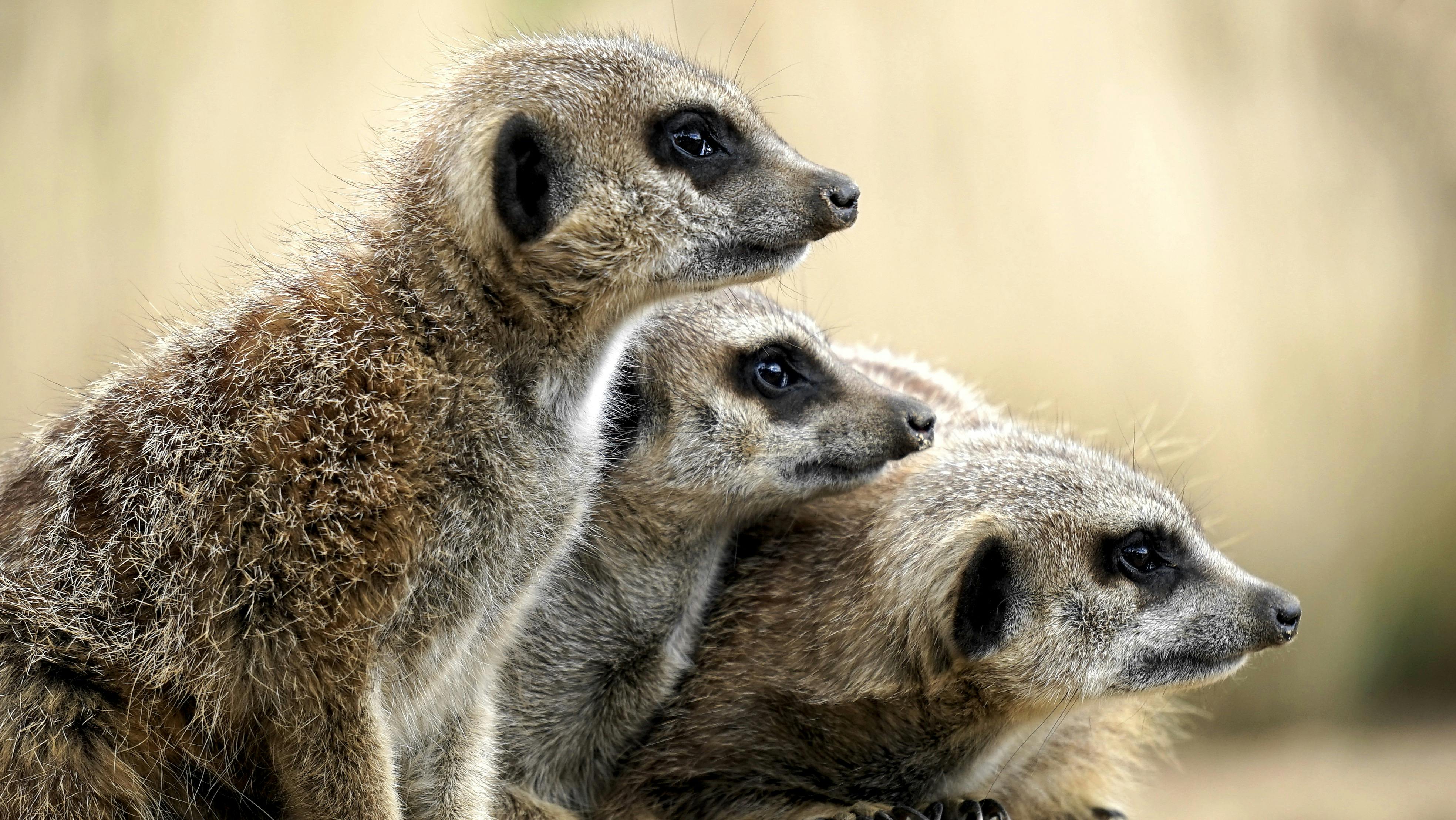Unraveling the Intricate Social Structure of Meerkat Colonies
The complex and fascinating social structure of meerkats has been a subject of intrigue for many wildlife enthusiasts and animal behaviorists. These desert-dwelling mammals exhibit a unique, cooperative social system that sets them apart from many other species. This article delves into the history, current research, and implications of meerkat social behavior.

Historical Understanding of Meerkat Social Structure
Meerkats, native to the arid regions of Southern Africa, are renowned for their highly cooperative and complex social structure, known as a ‘clan’ or ‘mob’. Early observations of meerkats in the wild, dating back to the 1950s, already hinted at their unique social dynamics. However, it was only in the late 1980s and early 1990s that researchers began to fully appreciate the intricacy of meerkat society.
Current Research on Meerkat Social Behavior
Current research on meerkat social behavior reveals an incredibly organized and hierarchical system. A typical clan is led by an alpha pair - the dominant male and female, who are the primary breeders of the group. Subordinate members, consisting of offspring from previous litters and unrelated individuals, contribute to the clan’s survival by foraging, babysitting, and defending the territory.
The Price of Status: Alpha Meerkats’ Role and Responsibilities
The position of an alpha meerkat, while prestigious, comes with high costs. These individuals are expected to contribute the most to the group, taking on responsibilities such as leading the clan, defending the territory, and producing offspring. Despite these challenges, the rewards of being an alpha – particularly the opportunity to pass on their genes – makes the position highly sought after.
The Cooperative Nature of Meerkats: Beyond Survival
The cooperative behavior of meerkats extends beyond mere survival. Studies show that meerkats demonstrate altruistic behavior, such as sharing food and caring for unrelated young. This behavior, uncommon in the animal kingdom, emphasizes the importance of cooperation in meerkat society.
Market Implications: Meerkat-Inspired Products and Trends
The intriguing social dynamics of meerkats have inspired various pet and wildlife-related products and trends. From meerkat-themed toys and games, estimated to be in the price range of $10 to $100, to documentaries and TV shows, the market impact of these creatures is undeniable. Their fascinating social structure continues to captivate audiences worldwide, contributing to the popularity of these products.
The social structure of meerkats – a blend of collaboration, hierarchy, and altruism – is a testament to the adaptability and resilience of these creatures. As we continue to study and learn from them, we can gain insights not just into their world, but also into the broader principles of social dynamics and cooperation.




